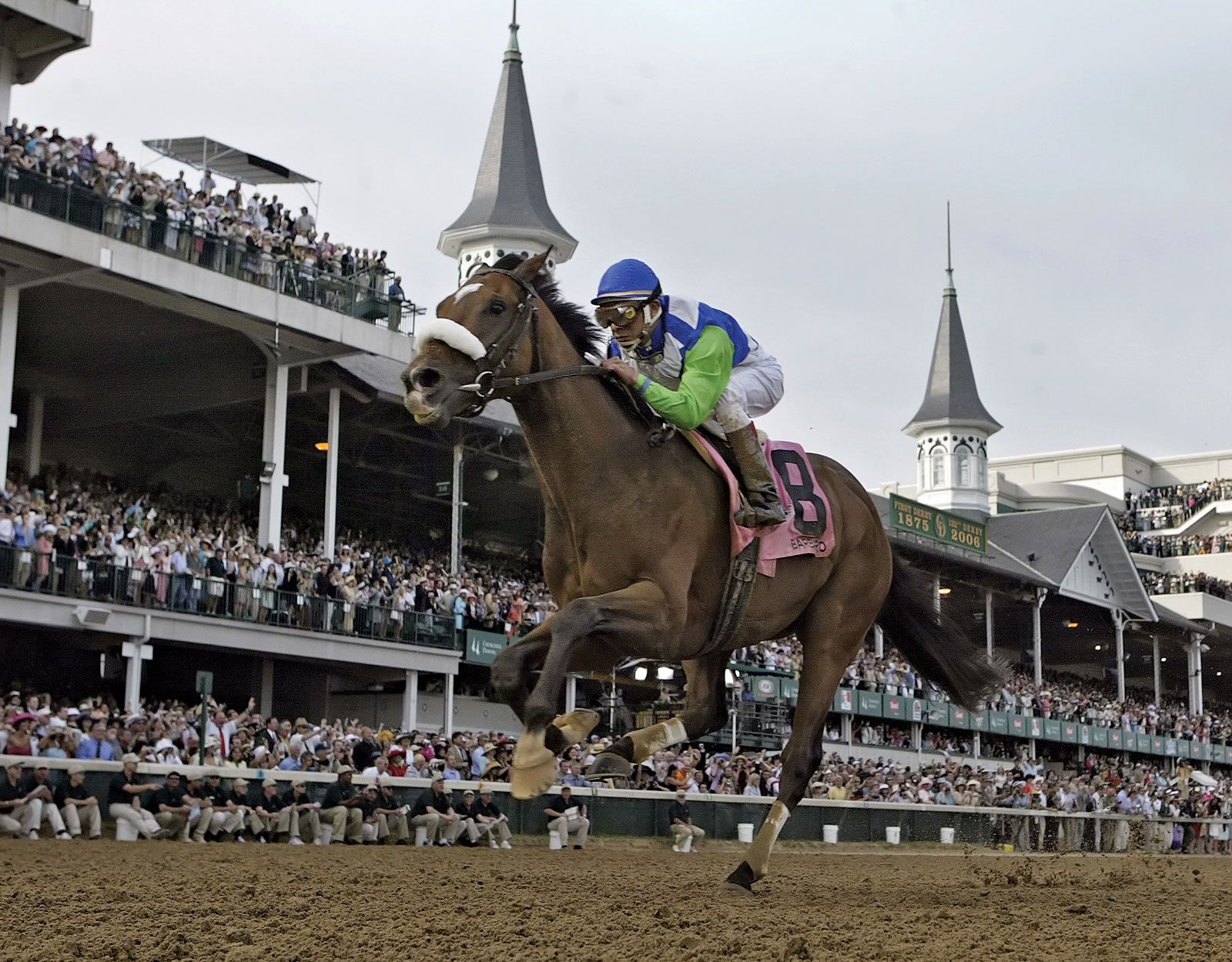Updated on: October 15, 2024 5:31 pm GMT
Have you ever wondered how much the Kentucky Derby generates in revenue? This renowned horse race, often called the “Fastest Two Minutes in Sports,” is not just a thrilling event for fans; it’s also a massive financial powerhouse. In 2024, the Kentucky Derby is set to break records, bringing in significant revenue for its organizers and local businesses. This article delves into the financial aspects of the Kentucky Derby, including ticket sales, sponsorship, and economic impacts, providing a comprehensive overview of its revenue-generating capabilities.
Overview of the Kentucky Derby’s Financial Landscape
The Kentucky Derby, held annually at Churchill Downs in Louisville, Kentucky, attracts visitors from around the globe. With its rich history dating back to 1875, this prestigious horse race has evolved into one of the most lucrative sporting events in the world. In 2024, experts predict that the Derby’s revenue will continue its upward trend, propelled by a growing audience and increased spending.
Revenue Sources
The financial success of the Kentucky Derby stems from multiple revenue streams. Below are some of the key sources:
- Ticket Sales: In 2024, ticket sales are expected to reach record numbers, with options ranging from general admission to exclusive VIP experiences.
- Sponsorship Deals: Major brands recognize the marketing potential of the Kentucky Derby. Companies invest millions in sponsorship deals, enhancing their visibility during the event.
- Betting Revenue: Wagering is a significant contributor to the Derby’s revenue. In 2024, the total amount wagered is projected to surpass previous years, engaging both casual and seasoned bettors.
- Merchandise Sales: Derby-themed merchandise, including apparel and memorabilia, boosts revenue significantly. Fans love to take home a piece of this iconic event.
- Food and Beverage Sales: The culinary experience at the Derby is unparalleled, with gourmet food and drink options available throughout the venue, driving additional revenue.
Projected Revenue for 2024
In 2024, estimates show that the Kentucky Derby could generate upwards of $250 million in revenue. This figure reflects a combination of the above sources, showcasing the event’s financial influence. Here’s a breakdown of some expected financial figures:
| Revenue Source | Projected Amount (Million $) |
|---|---|
| Ticket Sales | 50 |
| Sponsorship Deals | 100 |
| Betting Revenue | 70 |
| Merchandise Sales | 20 |
| Food and Beverage Sales | 10 |
This significant projected revenue showcases the Kentucky Derby’s role as a crucial economic driver for the region.
The Economic Impact on Louisville
The Kentucky Derby does more than just generate revenue for its organizers; it positively influences the local economy in Louisville. The influx of visitors for the Derby boosts:
- Hospitality Industry: Hotels see a spike in bookings, with many filling up months in advance. The demand for rooms can lead to higher prices, further benefiting the local economy.
- Local Businesses: Restaurants, shops, and attractions also experience increased foot traffic. Many Derby attendees visit local establishments before and after the race.
- Job Creation: The event creates numerous temporary employment opportunities, from event staff to vendors, significantly benefiting the local workforce.
According to a report by the Kentucky Tourism Cabinet, the Derby contributes approximately $400 million annually to the state’s economy, underscoring its impact.
The Race’s Return on Investment (ROI)
Investing in the Kentucky Derby yields substantial returns. For sponsors, the exposure gained during the event translates into increased brand awareness and customer engagement. Visitors often plan extended stays, boosting their overall spending in the area. This cycle of investment and return strengthens the financial ecosystem surrounding the Derby.
The Future of the Kentucky Derby’s Revenue Generation
As the Kentucky Derby continues to evolve, its revenue generation strategy is likely to adapt as well.
- Technological Advancements: With the increasing influence of technology, the Derby may explore virtual betting platforms or enhanced digital experiences.
- Diverse Offerings: Expanding the range of experiences, such as concerts and events leading up to the Derby, could draw in more fans and generate additional income.
- Sustainability Initiatives: As awareness of environmental issues rises, incorporating sustainable practices could attract more patrons who value eco-friendly events.
These innovations may contribute to the Kentucky Derby’s already impressive financial legacy.
Community and Charitable Contributions
The Kentucky Derby is also committed to giving back to the community. A portion of ticket sales and sponsorship funds is often allocated to local charitable organizations, reflecting the event’s corporate social responsibility. This connection between the Derby and the community reinforces its positive impact.
Conclusion: The Lasting Impact of the Kentucky Derby
The Kentucky Derby is more than just a horse race; it is a significant economic event that generates substantial revenue, enhances local businesses, and creates lasting memories for thousands. In 2024, with projected revenues exceeding $250 million, the Derby is poised to break records while contributing to the community and setting new standards for sporting events.
This remarkable race captivates audiences, but the financial impact remains equally powerful. As we look ahead, the Kentucky Derby’s harmonious blend of tradition and modern innovation will continue to shape its future, ensuring it remains a cornerstone of American sports culture.
The Kentucky Derby is full of excitement, style, and a sense of wealth. It really shows how important it is in American culture.
